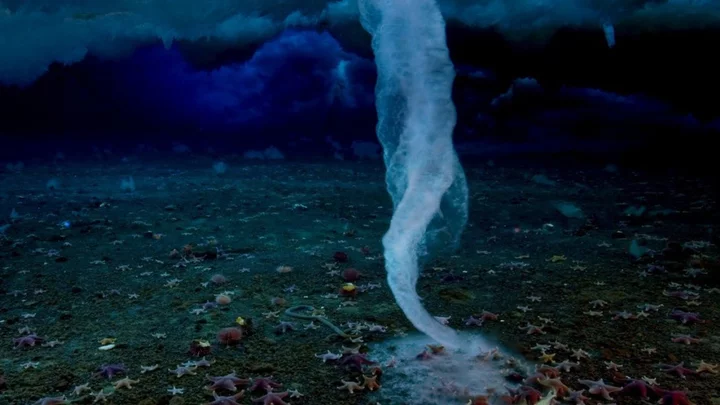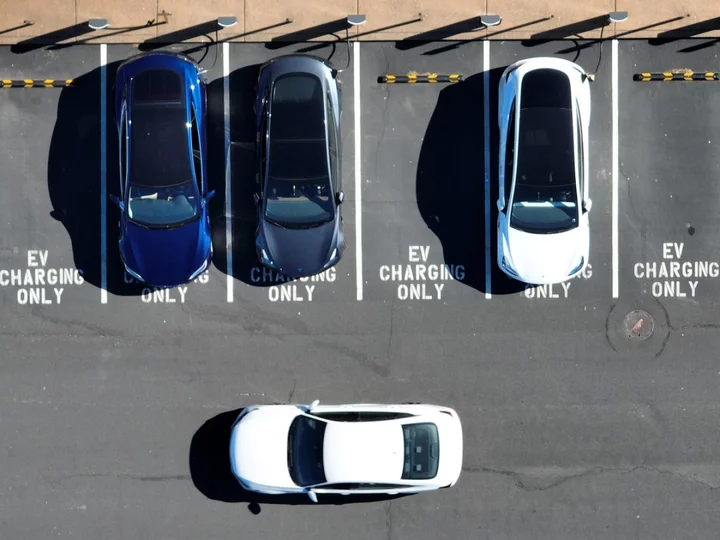Life forms surviving under sea ice have it pretty tough at the best of times, but they face a threat rarely caught on camera which is as terrifying as anything on the planet.
BBC crew captured a brinicle on film for the first time for the BBC series Frozen Planet in 2011 and the natural feature resembling a deathly ice finger is the stuff of nightmares.
A brinicle forms under sheets of sea ice, pushing downwards and posing existential risks to life forms on the ocean floor.
As shown in footage captured for BBC Earth Unplugged, the natural formations can trap creatures and prove deadly – but how do they form?
Well, salty water surrounding sea ice can form channels and inlets within blocks of ice.
Ice then protrudes through the salty water and heads downwards as the salty water is heavier than the water around it.
The salt water also freezes at a lower temperature to the water around it, meaning that it freezes everything it touches as it descends.
Safe to say, if you see one of these heading towards you, you’d better start praying.
It comes after it was discovered that the world’s biggest iceberg is drifting away from the Antarctic after having been grounded there for more than 30 years.
The iceberg, which has the catchy name A23a, split from the Antarctic’s giant Filchner Ice Shelf in 1986, but has been stuck to the ocean floor since shortly after that time.
Now, according to the British Antarctic Survey, it is on the move.
Sign up for our free Indy100 weekly newsletter
How to join the indy100's free WhatsApp channel
Have your say in our news democracy. Click the upvote icon at the top of the page to help raise this article through the indy100 rankings









